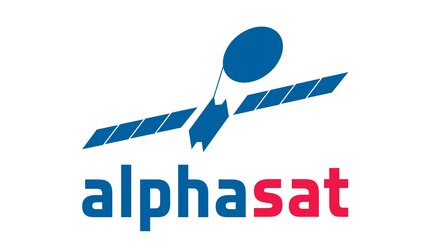Reading radiation in space
Space can be a hostile and at times unpredictable environment. Although years of testing go into developing technology that can tackle the challenges it presents, a laboratory can replicate only so much. Building instruments able to cope with the realities of space requires extensive research both on Earth and above it.
Radiation is a particular wild card. Testing the full effects of radiation on new electronic components is difficult in a laboratory which offers, by definition, a controlled environment. Space is not controlled. Space requires instruments to deal with a mix of complicated and fluctuating environmental factors – complex circumstances to simulate in an experiment.
The Environmental Testing and Radiation Sensor is one of four Technology Demonstration Payloads being carried by the Alphasat telecommunications satellite, due for launch in July. Developed by Efacec, the biggest company of its kind in Portugal, with over 100 years of electrical engineering heritage, the sensor monitors the effects of radiation on electronic devices in orbit. These are devices that could be used on future missions and have already proved promising in the lab. The sensor is placed on Alphasat to analyse how these components behave when subjected to the real deal.
Tackling challenges

Specifically, Efacec was tasked by ESA to design, manufacture and qualify a sensor to measure the radiation and monitor its effects on memories, gallium nitride transistors and optical fibre transceivers, as well as send the data back to Earth.
The challenge was to build an instrument that could do it all while keeping the weight and energy consumption to a minimum. As a ‘hosted’ payload, it must cause as little interference with the satellite’s primary purpose as possible. It also had to be adaptable for future missions.
Alphasat was selected to be the sensor’s flight opportunity in 2007. The development of its two subunits, the CTTB components technology testbed and MFS multifunctional spectrometer began in 2003 and 2004, respectively. Both parts were adapted to be fully compatible with Alphasat once the satellite was chosen as the host, and integrated in 2011.
Sending measurements from GEO to GB
The data collected by the two units are packaged in two ways: housekeeping and scientific. Housekeeping data detail the health of the sensor itself, while the scientific information concerns the electronic devices under study. The MFS, which measures particle radiation, sends its data to the CTTB. This information is then bundled with the CTTB’s analysis of the memory, GaN transistors and optical transreceivers and transmitted to the Inmarsat control centre in London by Alphasat. Efacec then retrieves the raw data from Inmarsat.
Over the course of its planned three-year lifespan, the Environmental Testing and Radiation Sensor will collect information that will help engineers and physicists to understand how radiation affects electronics in space. This will enable them to design technology capable of functioning under such challenging conditions.















 Germany
Germany
 Austria
Austria
 Belgium
Belgium
 Denmark
Denmark
 Spain
Spain
 Estonia
Estonia
 Finland
Finland
 France
France
 Greece
Greece
 Hungary
Hungary
 Ireland
Ireland
 Italy
Italy
 Luxembourg
Luxembourg
 Norway
Norway
 The Netherlands
The Netherlands
 Poland
Poland
 Portugal
Portugal
 Czechia
Czechia
 Romania
Romania
 United Kingdom
United Kingdom
 Slovenia
Slovenia
 Sweden
Sweden
 Switzerland
Switzerland




























